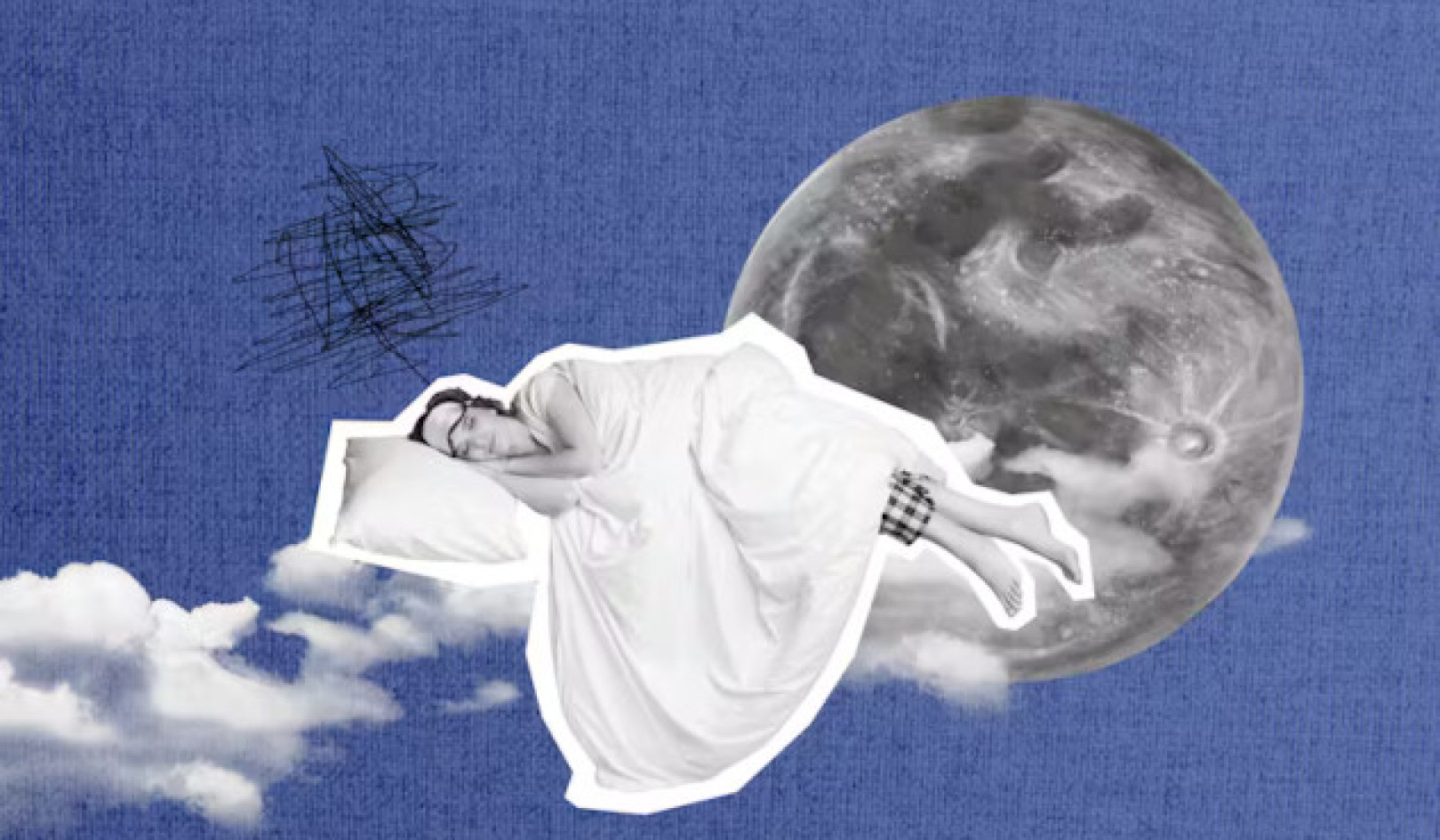
Breath is the bridge which connects life to consciousness, which unites your body to your thoughts. Whenever your mind becomes scattered, use your breath as the means to take hold of your mind again. — THICH NHAT HANH
Throughout history, human beings have employed prayer, meditation, yoga, diet, martial arts, psychotropic drugs, and guru devotion in hopes of awakening. Having used several of these practices during my life’s journey, I can attest to their value. Eventually, however, I realized that awakening, for me, was not about employing specific disciplines meant to quiet the mind, cleanse the body, or experience an altered state of consciousness. It was about gradually undressing my ego to reveal my natural state of being.
To accomplish that, I spent a great deal of time noticing what was naturally catching my eye and what was normally obstructing my view of the world around me. As I became aware of the ongoing conversation occurring in my mind, I also noticed that I was holding my breath, inadvertently suffocating my cells. This revelation helped me recognize that our breath is much more than just our breath.
Our Connection With The Source Of All Life
Any effort or tension restricts the breath, tightens the muscles, narrows awareness, dims the eye light, and lowers performance because the heart of the cosmos is motion, and anything that interferes with its movement obstructs life, health, and wellness. To experience our full potential we must reestablish this natural state of “flow” by recognizing that our breath is the most fundamental expression of this primal rhythm and a constant reflection of our connection with the source of all life.
The word spirit, from the Latin spiritus, means “breath” and is also associated with “light.” Anything that interrupts the breath weakens the life force, diminishing our light. When we hold our breath, we obstruct our ability to see, be, and respond to life. Our spirit, our breath, and our light are inseparable.
In The Book Thief, Markus Zusak writes, “How do you tell if something’s alive? You check for breathing.” Breathing is a reflection of our degree of aliveness. Those who breathe naturally with ease rarely get sick and tend to live a lot longer. Yet most people hold their breath or breathe in a shallow, irregular manner. That may be one reason why smoking cigarettes was so popular for so many years. It may have been the only time that a person actually breathed deeply.
The fluidity of our breath is a reflection of the fluidity of our life. So why do we hold our breath so much? What takes our breath away, and what brings it back?
I Think, Therefore I Am?
From early on we have been taught that we are the most evolved creatures on the planet. We are encouraged to use our mind to conceive new ideas, make appropriate choices, and solve problems. After years of being told to think ahead and that a mind is a terrible thing to waste, we have become addicted to thinking.
According to the Laboratory of Neuro Imaging, the average human has about seventy thousand thoughts per day. This occurs in the privacy of our mind, under the guise that we are involved in an intellectual process. But is most of our thinking creative in nature, or is it primarily worrying about the unknown, mentally changing the subject whenever we feel uncomfortable, or rehearsing in hopes that things turn out our way?
When we think, worry, or try to figure something out, we automatically hold our breath, and the answer we are looking for gets stuck on the tip of our tongue. Yet when we stop thinking and trying, the answer comes to us effortlessly in a flash of insight. As Albert Einstein said, “The intellect has little to do on the road to discovery. There comes a leap in consciousness, call it intuition or what you will, and the solution comes to you and you do not know how or why.”
Each time we hold a thought, we hold our breath. Rather than “I think, therefore I am,” perhaps “I breathe, therefore I receive.”
Breathing... An Ongoing Meditation
Most people only notice the tendency to hold their breath when they are feeling anxious. I realized this in 1978, when I was in the midst of a breakdown. I was having panic attacks and noticed how difficult it was to breathe. With so many emotional highs and lows, I needed to find a way to stay centered. Since breath awareness is the doorway into a meditative state, my meditation practice became a major source of stability.
Although I was meditating for twenty minutes once or twice a day, it was only a drop in the bucket when compared to the other sixteen hours I was awake. Everything was calmer while I was meditating, but shortly thereafter I often found myself back on an emotional roller coaster, unable to maintain the same level of peace inside myself. So I tried something different that, to my amazement, was easy and reduced my anxiety as well as the number of panic attacks I was experiencing.
Most people are familiar with the stress-reducing benefits of meditation, and everyone would like to experience heightened attention and greater joy in their life. Yet most people do not meditate because they claim to be “too busy” and do not have the time to sit down and meditate for twenty minutes. But what if we began with a one-minute meditation that was incredibly effective and did not interfere with our daily activities?
Breathing... The Natural State of Flow
Before you begin the one-minute meditation, take a moment to close your eyes. Breathe and notice that each time you think, you tend to hold your breath. As you become aware that your thoughts stop your breath, your awareness will automatically restart your natural breathing cycle. As you begin to breathe again, you reestablish your natural state of flow. You are either thinking or breathing. Thinking feeds the mind and starves the body. Breathing calms the mind, inspires and feeds life into the body.
The One-Minute Breath Meditation below will help you to see beyond the mind’s distractions to the clarity and spaciousness of your true nature.
Usually we refer to activities such as this as techniques or exercises, and we believe that practicing them over and over again is what creates change. But I have not found that to be true. From my experience, repetition does not create the change but rather the fact that we see something in a new way. The awareness is curative.
If it takes effort to create change, it will take effort to maintain it. And if it takes effort to maintain it, it probably will not be maintained, because the body is designed to take the path of least resistance.
THE ONE-MINUTE BREATH MEDITATION
Week 1
Tonight, when you lie down in bed, take a minute to close your eyes and notice how your chest expands and contracts. Each time you notice a thought or some inner dialogue, allow that awareness to automatically bring you back to your breath. Continue noticing your breath until you naturally fall asleep.
If you awaken during the night to use the bathroom, sit on the toilet (even if you normally stand up), close your eyes, and just watch your breath. When you return to bed, continue noticing your breath until you fall asleep again. Anytime you awaken during the night or find it difficult to sleep, just observe your breath, knowing that anytime a thought arises, awareness will automatically guide you back to your breath.
Upon awakening, close your eyes for a minute and once again notice your breath until you feel ready to get up and start your day. Anytime you use the bathroom, sit down, close your eyes, notice your breath, notice your thoughts, and notice that you are the noticer.
Watch your breath for approximately one minute before and after each meal, and anytime you feel anxious, worried, or overwhelmed. Notice it when you are on the subway and during the day, whenever you feel the urge to do so. There is no need to keep a count. But if possible, repeat this process whenever it enters your awareness.
Week 2
After integrating the One-Minute Breath Meditation into your daily routine for a week, you may wish to decrease the length of your meditation to about thirty seconds, while increasing how often you do it. Although the idea of doing something throughout the day sounds difficult, it is actually very easy because you are not doing anything other than noticing your breath. Continue this noticing until awareness of your breath is as natural as breathing itself.
Week 3
After noticing your breath for two weeks, try it with your eyes open while brushing your teeth, eating a meal, watching TV, taking a walk, and especially while driving your car. Watch your breath from the time you pull out of your driveway until you get to the end of the block. Then begin again, noticing your breath until you get to the traffic light three blocks away. Now watch your breath until the song on the radio ends, until you get to the next stop sign or the entrance to the freeway.
Within a few weeks of integrating breath awareness into your own life, it will begin to feel so natural that you may find yourself losing track of time and forgetting how often you do it or for how long. As these brief gaps of time link up, extended periods of spaciousness arise where the mind empties and the outside world disappears. Heaven and earth become one, and all that remains is the inherent peace and spaciousness of just being.
Living (and Breathing) in “the Zone”
There is a major difference between our ideas about life and life itself. It is one thing to experience peace in a meditation retreat, and another to maintain it in the midst of life’s everyday challenges.
Staying in “the zone” during our everyday life is the difference between average existence and a life filled with peace and passion. It is a skill that can be developed and expanded. By using the one-minute meditations shared in this chapter, we will discover not only how to enter “the zone” but also how to live there.
Copyright ©2018 by Jacob Israel Liberman.
Reprinted with permission from New World Library
www.newworldlibrary.com.
Article Source
Luminous Life: How the Science of Light Unlocks the Art of Living
by Jacob Israel Liberman OD PhD
 We are all aware of the impact of sunlight on a plant’s growth and development. But few of us realize that a plant actually “sees” where light is emanating from and positions itself to be in optimal alignment with it. This phenomenon, however, is not just occurring in the plant kingdom — humans are also fundamentally directed by light. In Luminous Life, Dr. Jacob Israel Liberman integrates scientific research, clinical practice, and direct experience to demonstrate how the luminous intelligence we call light effortlessly guides us toward health, contentment, and a life filled with purpose.
We are all aware of the impact of sunlight on a plant’s growth and development. But few of us realize that a plant actually “sees” where light is emanating from and positions itself to be in optimal alignment with it. This phenomenon, however, is not just occurring in the plant kingdom — humans are also fundamentally directed by light. In Luminous Life, Dr. Jacob Israel Liberman integrates scientific research, clinical practice, and direct experience to demonstrate how the luminous intelligence we call light effortlessly guides us toward health, contentment, and a life filled with purpose.
Click here for more info and/or to order this paberback book or order the Kindle edition
About the Author
 Dr. Jacob Israel Liberman is a pioneer in the fields of light, vision, and consciousness and the author of Light: Medicine of the Future and Take Off Your Glasses and See. He has developed numerous light and vision therapy instruments, including the first FDA-cleared medical device to significantly improve visual performance. A respected public speaker, he shares his scientific and spiritual discoveries with audiences worldwide. He lives on Maui, Hawaii.
Dr. Jacob Israel Liberman is a pioneer in the fields of light, vision, and consciousness and the author of Light: Medicine of the Future and Take Off Your Glasses and See. He has developed numerous light and vision therapy instruments, including the first FDA-cleared medical device to significantly improve visual performance. A respected public speaker, he shares his scientific and spiritual discoveries with audiences worldwide. He lives on Maui, Hawaii.
Books by this Author
at InnerSelf Market and Amazon





























